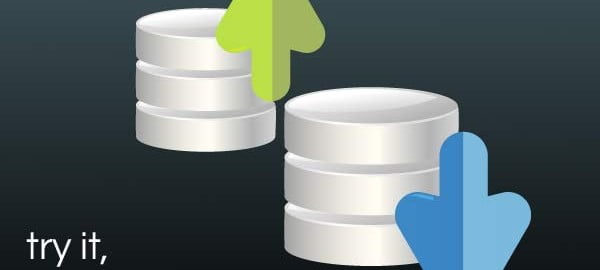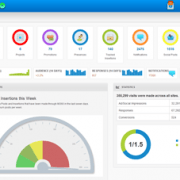Does your Web Developer use a Development Instance?
Today’s modern websites are not the simple collection of files they once were in the past. Today’s content management system (CMS) based websites can bring together the work of dozens of people and give a business person the publishing power that only web developers had ten years ago. In a rapid, frequent publishing environment, particularly when dynamic features are involved, doing testing on features before they go live is absolutely critical. Doing testing on a live site can be risky, damage the site, or cause an unexpected user experience. This is why we use Development Instances, copies of the website installed on testing servers, when we’re in a maintenance role for an online investment such as a website or app. There are great benefits to doing this in terms of development speed and improving collaboration on updates.
Production Vs. Development Instance
- A Production Instance of a website or app is the actual live version that the public has access to. This is THE website served to the public when they navigate to www.domain.com or just domain.com.
- A Development Instance of a website or app is a test version that only the app developers or testers have access to. It is a copy or clone of the entire live site. It’s typically published at test.domain.com or dev.domain.com or some other arbitrary machine name instead of the default machine name www.
At Massive Impressions Online Marketing, we set up a dev instance when we’re building out a new web design, whether it’s WordPress, some other CMS, dynamic PHP, or just flat HTML files. If we’re building the site for the first time, or migrating an existing site from another technology, server, or design, we do it on the dev server. This is where we’ll stage the new site before it goes live. In these cases we may refer to the dev server or dev instance as the staging server.
When a site looks ready, and checks out with our QC process, then we switch over, most of the time instantly. Those “coming soon” or “under construction” notices really don’t look good to online audiences. You’ll rarely find us employing those types of tables. Using a staging server and quick migration lets us avoid having to use those kind of notices on our client’s sites.
What does it take to set up a staging server or a development instance?
Setting up a staging or dev instance of your website is the same amount of effort restoring your site from a complete backup would take. If you don’t know how long that would take then you probably don’t know how to do this. If you’re dependent on a web developer, like us at Massive Impressions, all you have to do is ask. In most cases, if the backup files are complete, the theme is simple enough, and there isn’t a lot of plugins, a WordPress site should take less than an hour to re-instance. Sometimes it can take only minutes if the theme contains backup and export/import options.
What’s the most tangible benefit for business owners and stakeholders from using a development instance or staging server?
The biggest benefit business owners report about their satisfaction with the web development process is to be able to see things as they actually will appear before they go live. The phrase “I’ll know it when I see it” is too familiar to web developers. Business people don’t have time to imagine new designs in the manner of a web developer, so efforts to explain future features often fall short. When something can be touched and experienced before it can be finally decided upon, that makes an enormous impact on the velocity of development.
A dev instance lets a developer send a stakeholder to many web pages, different versions of what needs to be attempted, all along preserving the actual visitor experience as closely as possible. This way you can actually see it, click through it, and experience it fully. That way you’re running towards your business goals along with your web developer – doing web design together as fast as you possibly can.












Leave a Reply
Want to join the discussion?Feel free to contribute!